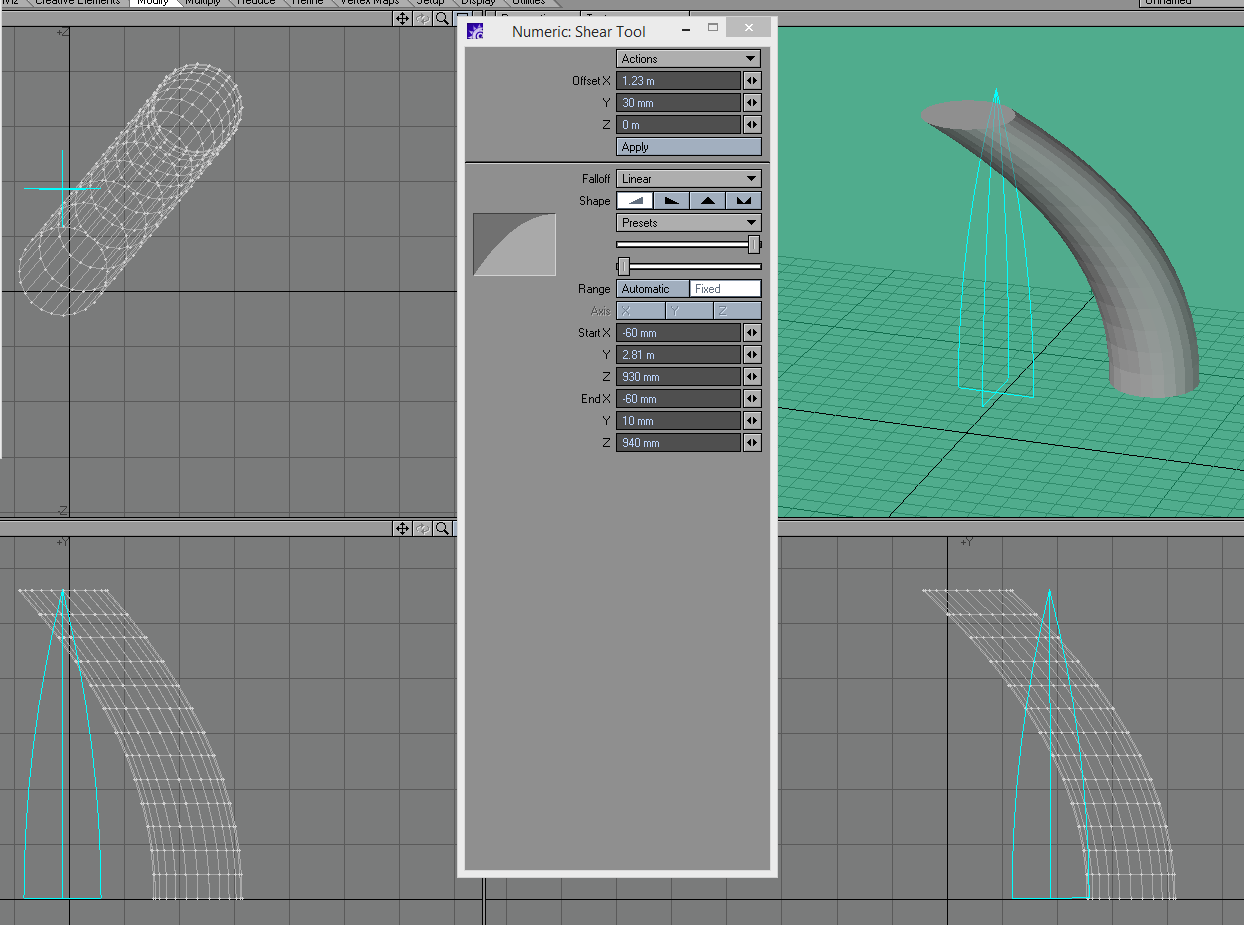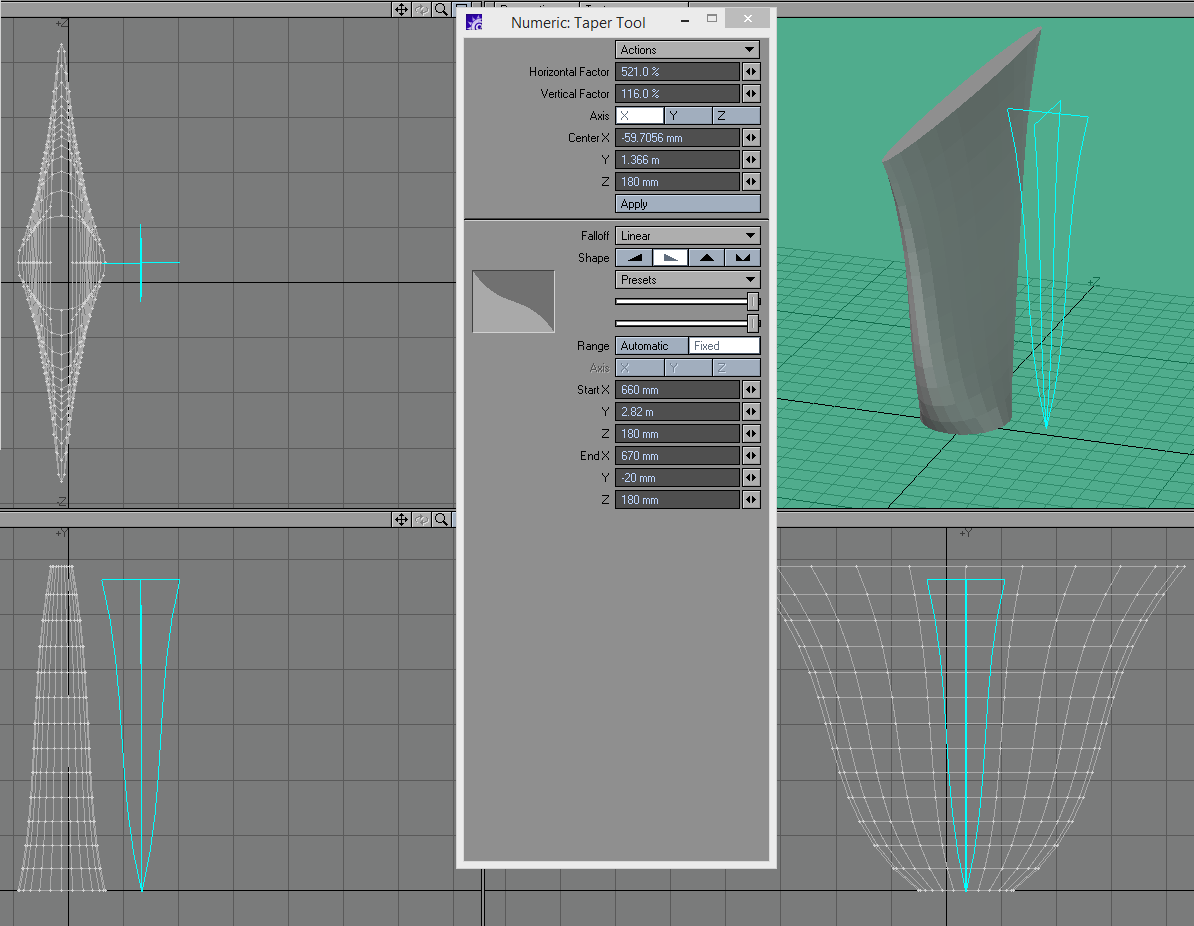It lacks support for different coordinate systems. Texture map node supports spherical and blended box coordinates, but lacks support for spherical, disk, cylinder, box, pyramid, cone as a simple node texture space conversion. I’ve made some of these using math nodes, but it tends to get too complicated.
They could even be “unified” (using a representative primitive similar to the current parallel map “box” object) allowing even more exotic coordinates I would find hard to use, but still:
- Parallel (currently the only one), box, blended box, pyramid.
- Spherical (currently available only in texture node), elliptical, parabolic, hyperbolic, cone, disk, cylinder. Some very exotic, others very useful.
- Compound. Some above are only 2D coordinates with remaining 3D coordinate copied from one of the 3D parallel coordinate channels. Then you could use a sharp compound (similar to box) or blended compound (similar to blended box) of two mapping systems. Typical example might be a capped cylinder where circumference of cylinder mapped with cylinder mapping and the two disk faces mapped with disk mapping.
- Mesh UV. Think of it as projection perpendicular to the mesh UV to an intersecting point on your object.
The texture generators are also very basic.





